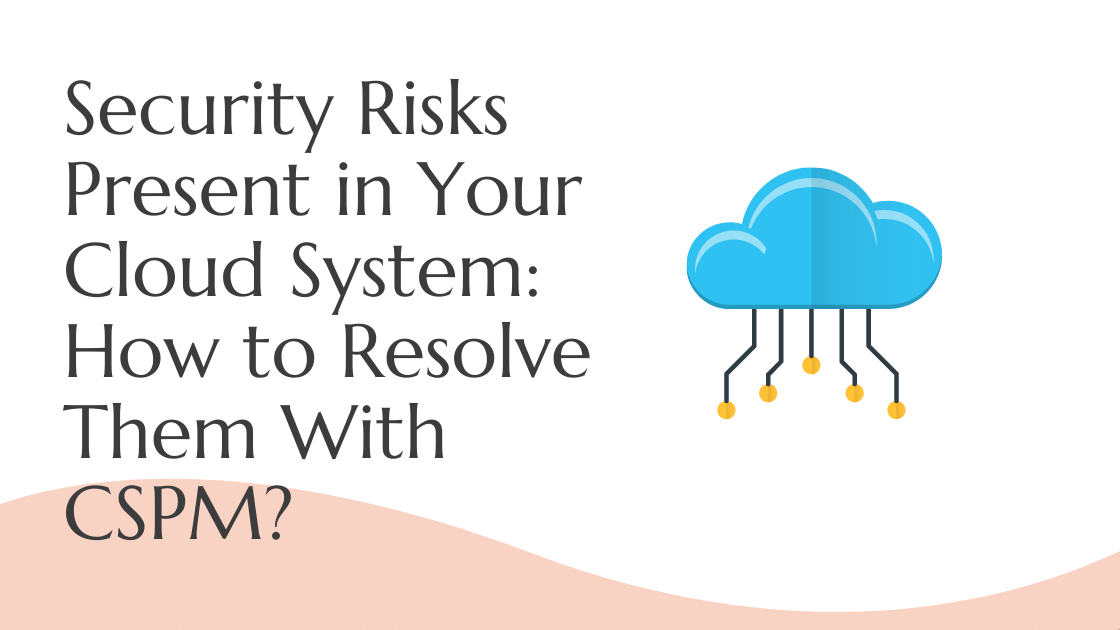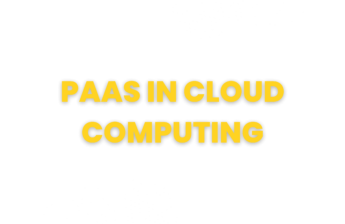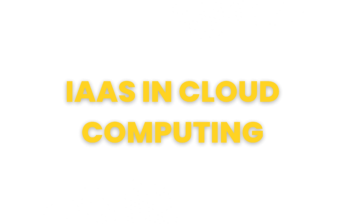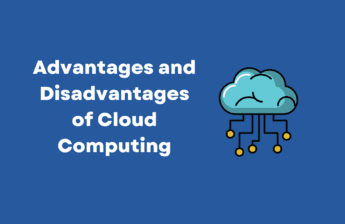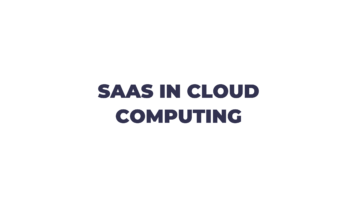The cloud is convenient and efficient to manage your business operations, but it can also be vulnerable to security risks. These risks can include data breaches, malware infections, and unauthorized access.
The good news is users can take some steps to mitigate these risks and protect their data using CSPM security.
Contents
Security Risks in Your Cloud Environment
A cloud environment comprises three major components: the provider’s infrastructure, your applications and data, and the users who access them. Each of these components can be a target for attack.
The provider’s infrastructure is a tempting target for hackers because it provides a way into your system. Attackers may exploit vulnerabilities in the provider’s systems to access your data.
Your applications and data are also vulnerable to attack. Hackers may attempt to exploit vulnerabilities in your applications or steal your data.
Users can also be a target for attack. Attackers may try to steal their login credentials or gain access to their accounts.
These vulnerabilities create security risks like:
Data Breaches
One of the most commonly seen security risks in a cloud environment is data breaches. A data breach can occur when an unknown entity gains access to your data through a malicious attack or by accident. It can lead to the theft or exposure of your confidential information, including customer data, financial information, and trade secrets.
Malware Infections
According to reports, the average enterprise suffers 23.2 cloud-related threats per month.
Another common security risk in the cloud is malware infections. Malware comes in several different forms, from viruses to spyware and ransomware.
These forms of malware have one thing in common: they’re all designed to infect your network to steal confidential information or cause other damage to your cloud services or infrastructure.
Unauthorized access is another common security risk in the cloud. It can occur when an unauthorized user gains access to your system, often through a vulnerability in the provider’s infrastructure. Once they have access, they can steal your data, damage your applications or data, or even take over your account.

How Can CSPM Mitigate These Risks?
Cloud Security Proactive Management (CSPM) is a software solution that helps you reduce the risk of security breaches, malware infections, and unauthorized access.
The software provides real-time monitoring of your system’s security, so you’ll be notified immediately of any unusual activity. It can help you secure your cloud environment and protect your data from unauthorized access, malware infections, and data breaches.
When the platform detects a security risk, such as malware or an infected device on your network, it can respond in some different ways, from shutting down your account to sending out alerts or remediating the problem itself.
CSPM security does this by providing many features and functions, including:
Security Policy Management
CSPM allows you to create and enforce security policies that help protect your data and cloud services. These policies can include encryption, password strength, network access, and device configuration. Users are automatically notified when they try to do something that violates one of your security policies so you can address the problem quickly.
Security Intelligence
CSPM also provides real-time monitoring of your cloud services and infrastructure for security events, attacks, and vulnerabilities. It gives you the ability to quickly detect and respond to any security incidents.
Security Automation
CSPM includes some automated features that help you secure your environment, including malware detection and prevention, vulnerability scanning, and configuration management.
These features help you reduce the risk of a security incident and keep your environment secure.
Cloud Access Control
CSPM gives you the ability to control who has access to your cloud resources and data. You can monitor and manage user access on a per-resource, per-group, or per-individual basis.
Security intelligence is key to making good decisions about your cloud security management strategy. You need to know what’s going on in your environment so you can catch problems before they happen. It includes monitoring for unusual activity and detecting security incidents.
Data Loss Prevention
CSPM helps you protect your data from accidental or unauthorized deletion, alteration, or disclosure. It provides several features that help you secure your data, including file-level encryption, granular access controls, and auditing.
How to Implement CSPM?
CSPM is available as a software solution to install in your own data center. The platform includes many modules that you can use to secure your environment, including security policy management, security intelligence, security automation, and cloud access control.
You can also use CSPM security as a cloud-based service. The platform provides real-time monitoring of your cloud environment and helps you secure your data from unauthorized access, malware infections, and data breaches.
CSPM must be an integral part of any cloud security strategy. It can help you reduce the risk of security incidents and keep your environment protected.
This software lets you protect your most valuable assets – data and content. You’ll also be able to detect security events in real-time so you can keep your environment safe, secure, and reliable.

